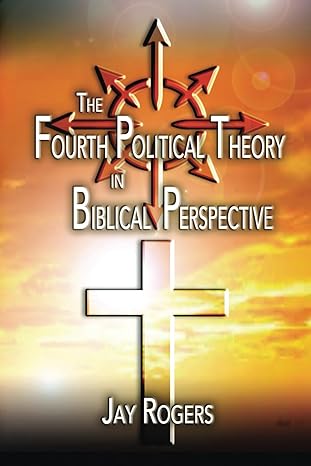CFR or the COUNCIL ON FOREIGN RELATIONS is an American think tank specializing in U.S. foreign policy and international relations. Founded in 1921, it is an independent and nonpartisan nonprofit organization. CFR is based in New York City, with an additional office in Washington, DC. Its membership has included senior politicians, numerous secretaries of state, CIA directors, bankers, lawyers, professors, corporate directors and CEOs, and senior media figures. The founding members were proponents of Woodrow Wilson’s internationalism, which countered the prevailing American isolationism of that era, but were concerned about “the effect that the war and the treaty of peace might have on postwar business.” The organization began with an equivalent of over $2 million (in today’s money adjusted for inflation) from the wealthy members and letters soliciting funds to “the thousand richest Americans.” In the late 1930s, the Ford Foundation and Rockefeller Foundation began contributing large amounts of money to the Council. A critical study found that of 502 government officials surveyed from 1945 to 1972, more than half were members, including many foreign policy officials. The Council promotes issues related to neoconservative globalism and military interventionism; while also emphasizing neoliberal causes, such as climate and environmental issues, gender equality, free trade, globalization and international institutions. Rigorous debate and discussion among the members reflect a variety of policy positions. However, a common denominator is a unipolar globalist outlook.
Read more






